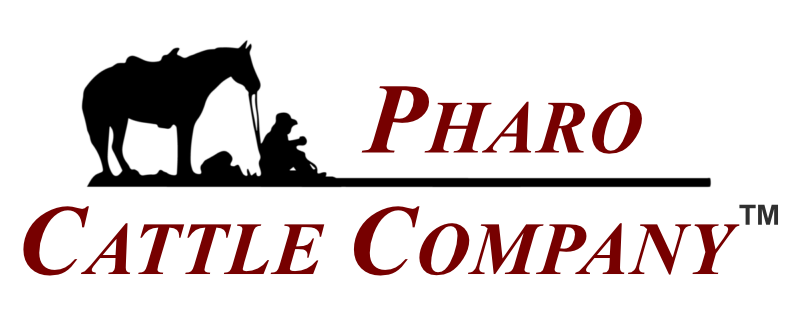Last week I shared some of Mr. Zietsman’s pearls for productive crossbreeding, i.e. selecting well-adapted breeds and well-adapted individual animals for the conditions on your ranch. But what do we really mean by well-adapted? As PCC customers know, adaptation is first and foremost a factor of inherently good body condition. Cattle have to have good body condition to be fertile, and well-adapted cattle have inherently good body condition – that is, they are genetically easy-fleshing on grass.
In the PCC Discussion Group this week there has been some interesting dialogue about frame scores. Kit reminded us that a 2-frame cow weighing around 1100 pounds will always wean a higher percentage of her body weight than taller, larger cows. Mr. Zietsman describes the “why” behind this efficiency of smaller-framed cows in terms of appetite and intake. While it is true that larger cattle eat more than smaller cattle, larger cattle fail to eat proportionally more – therefore smaller cattle actually have a higher relative intake and are better at converting grass to body condition. Other traits that are part of the “whole” in well-adaptedcattle are early sexual maturity, optimum (not maximum) milk production, non-selective grazing tendencies, and genetic resistance to environmental stressors such as flies and parasites.
These are the very principles that underpin the management practices here at PCC – from requiring the cows to thrive on grass alone, to insisting that bulls come from a cow that has calved every year. This is also why PCC takes the time to evaluate each bull on traits such as masculinity, muscling and fly resistance, among others.
Next week, we’ll take a closer look at the meaning of “optimum milk”…
